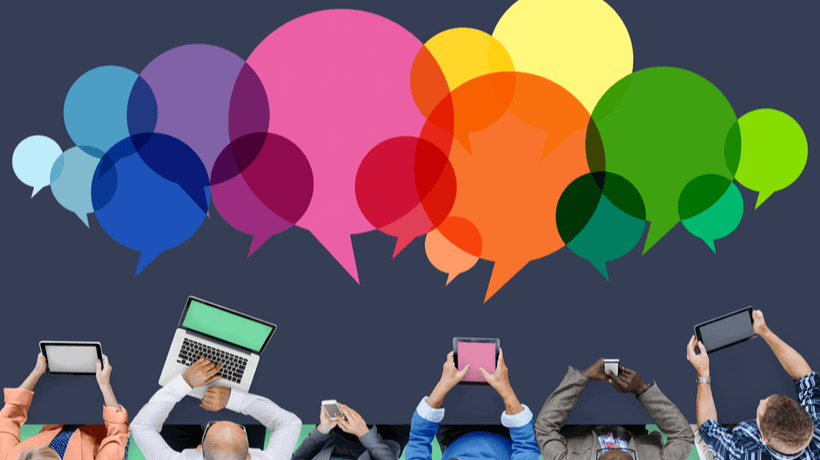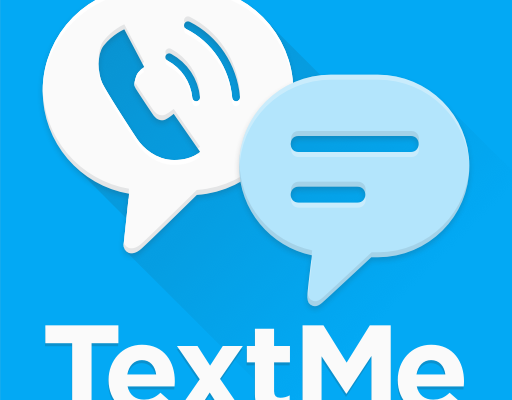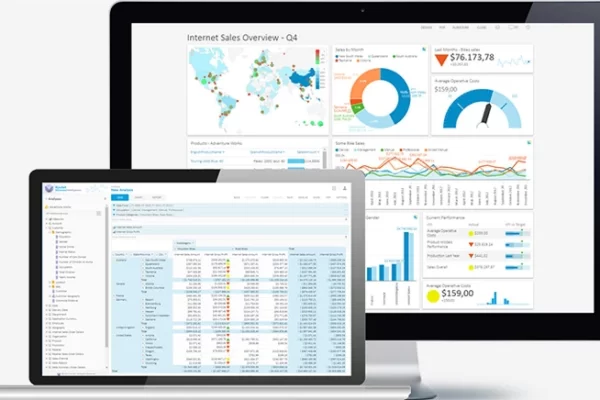While text to speech services might be commonly used today, they had actually been in place for longer than you might think. In fact, these services have an interesting history that when analyzed gives us a glimpse of how they came to be utilized today. Each factor put in place back then led to the service we know now, and every innovation has it’s own compelling story to tell.
Where It All Began (Text to Speech at The Beginning )
The idea for the that would become artificial speech came about as early as medieval times, with records depicting people attempting to build machines that would recite human voice. These mythological figures were portrayed as bronze automatons that would correctly answer any question asked to it. While this is a far cry from what we use today, these ideas from the middle ages were the first recorded instances of people entertaining the possibility of instilling a human voice into an artificial component.
Then, from the late 1700s to the 1950s, several innovations came about that would plant the seeds for text to voice systems to emerge. German scientist Christian Gottlieb Kratzenstein, well known for his experiments in electricity, would create the first voice tract that could produce artificial human sounds. This would pave the way for the 1938 invention of the vocoder. Developed by Bell Labs (founded by the world-renown telephone inventor Alexander Graham Bell, and now owned by Nokia) this tool would automatically analyze speech and synthesize it for recreating voice.
Following that, in the 1950s, the first text to speech systems originated in 1968 from Noriko Umeda at the Electrotechnical Laboratory in Japan. In 1975 the line spectral pairs method for speech encoding was developed, a technology that would become a critical component of speech systems and leading to text to speech services as we know it today becoming a possibility.
With these advancements, many companies, particularly the aforementioned Bell Labs, would go on to improve this technology until it would resemble that which is used in the modern age. In the 70s and 80s, speech synthesizers would be implemented into handheld devices, video games, toys, and computers, emphasizing use for accessibility. These systems would become more commonplace as time went on, and today options are almost ubiquitously found amongst commonly used devices.
Its Use Today
Today, text to speech services have evolved to become faster, highly accurate, and sounding more natural. Key players like Microsoft, Google, and Apple have incorporated these systems into their existing infrastructures to bring a wide array of accessibility and convenience options. The technology continues to grow and more services come around that seek to enhance users’ experiences using this technology. Many voice packs and online converters such as notevibes.com offer services that will convert text to sounds in different pitches, tones, and languages.
The text to speech services have come far since their initial inception, and with the technology continuing to grow, it’s likely that in a few years, the innovations of today will be looked back on just as fondly.





